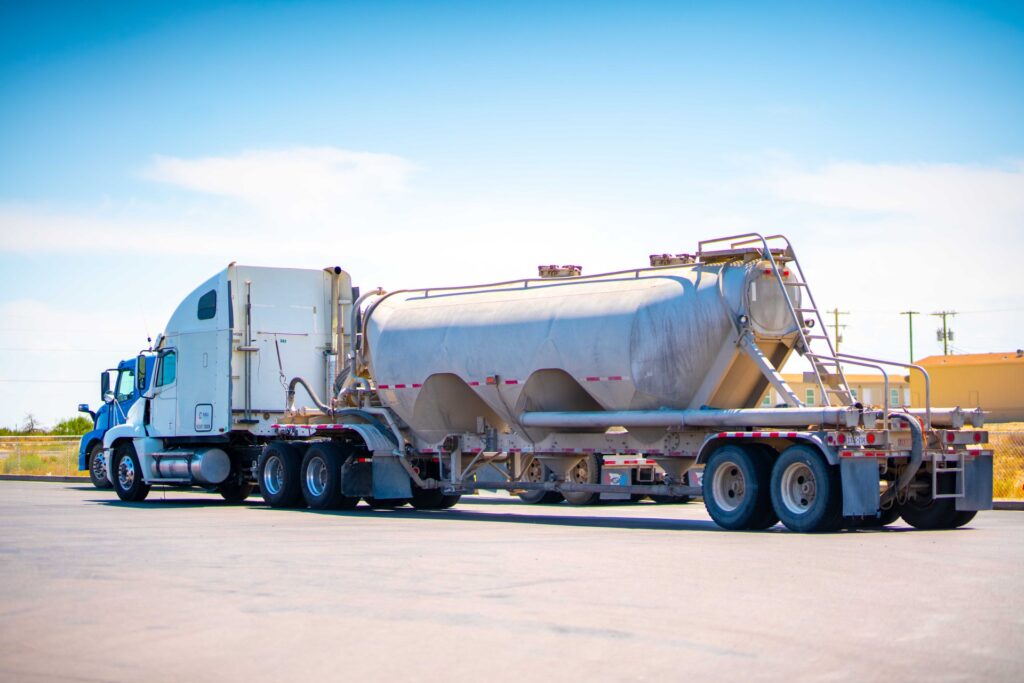Pneumatic
Taken from an article written by the Augusta Free Press, “A pneumatic system is a very commonly used method of powering a variety of tools and equipment. From dentist tools, automatic doors, paint sprayers, and massive industrial machines [to the tankers we use to haul frac sand here at Sisu], pneumatics offer a practical solution to automation. The principle of pneumatics is simple. It uses pressurized air to transfer force and energy.”
“Basic pneumatic instrumentation consists of five components. These components individually function to make compressed air, store it, control its release, and to create movement.
- Compressor
- Tank or reservoir
- Valves
- Circuit of hoses
- Pneumatic motor or actuator
Most of the power needed for a pneumatic system to function comes from compressed air. All these essential components make the system efficient and reliable.”
“There are many advantages to using pneumatics, which is why they remain popular in so many applications,” and according to the AFP, here are the main reasons why:
- “One of the reasons why a pneumatic system is commonly used in industrial equipment is that it is intrinsically safe. It does not derive power or energy from electricity; hence, a pneumatic system will not produce sparks that could ignite gases and cause fires or explosions. The oilfield and other similar hazardous working environments benefit from using pneumatic systems because of this.”
- “Atmospheric air is abundant and readily available, which makes the power source an infinite resource.”
- “A pneumatic system purges compressed air, automatically keeping the instrument clean and free from contaminants that can damage or prevent the system from working.”
- “A pneumatic system is easy to maintain and easy to use.”
- “Pneumatic systems are suitable for working environments exposed to radiation and high temperature, which makes pneumatics immune to most elements present in nature.”
- “Pneumatic systems are practical because of the transmission speed and efficient power source.”
- Although not included by the AFP, but certainly an advantage worth mentioning is that pneumatic rates in the oilfield are higher than most other sand delivery systems, and because pneumatics are safer, insurance costs are lower making the profit margin for pneumatics extremely lucrative.
The author of the AFP article contends that “modern industry still uses pneumatics because they are reliable. Many facilities that have been using pneumatic systems for many decades now prefer to do so because it is a significant expense to replace the instruments, and the benefits of using other systems are yet to be proven” as we are beginning to understand from the lack-luster performance of sand boxes. Thus, the answer to why Sisu chooses an all-pneumatic sand delivery system…so our fleet can run safe, profitable, and efficiently. And, yet another reason for YOU to join the pack and become a member of the Sisu family today!
Partners
Thanks to the support of our partners, we are constantly expanding our reach.

